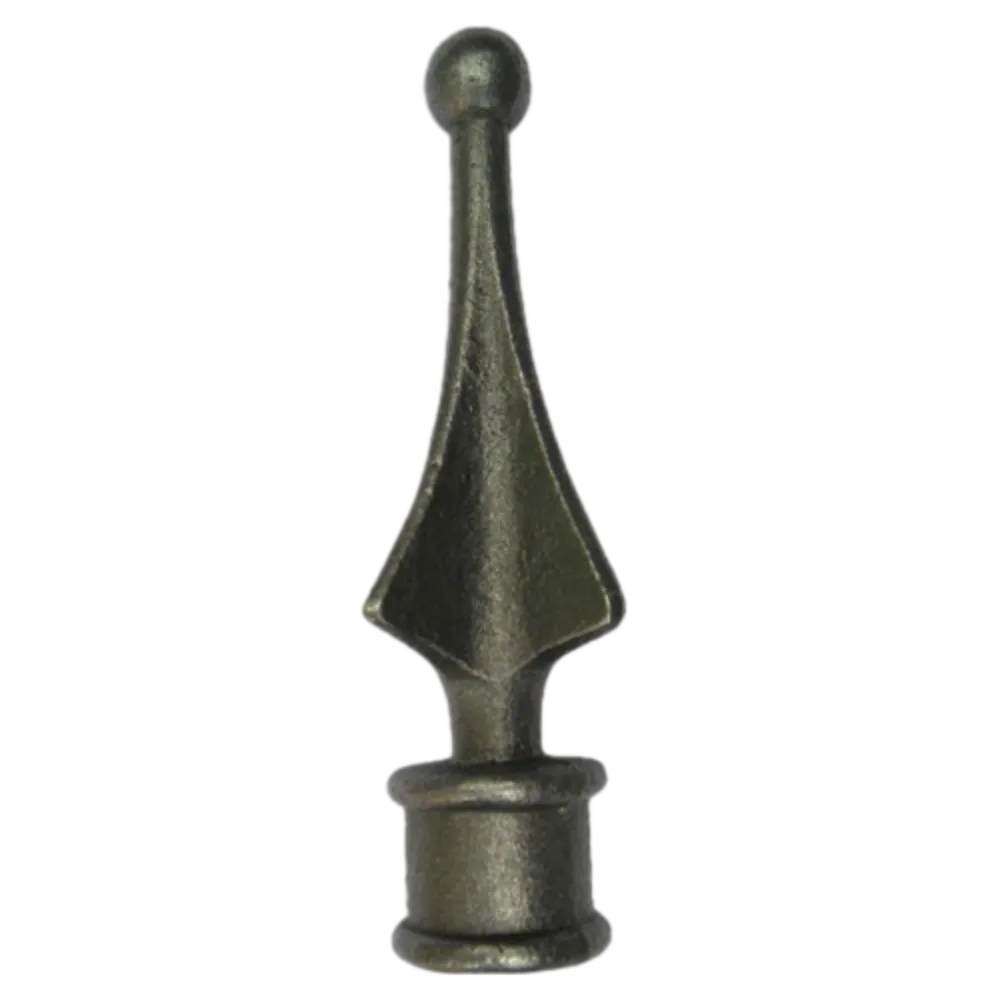Creative Uses of Decorative Iron in Modern Home Design and Architecture
The Allure of Decorative Iron A Timeless Craft
Decorative iron has long been cherished for its unique ability to combine both beauty and functionality. From wrought iron gates to intricately designed railings, this versatile material offers endless possibilities for artistic expression and architectural enhancement. Whether it adorns a grand estate or a cozy home, decorative iron serves as a testament to the skill and creativity of artisans who have mastered the craft over centuries.
The History of Decorative Iron
The use of iron in decorative applications can be traced back to ancient civilizations. The Egyptians, Romans, and Greeks utilized iron for both practical and decorative purposes. However, it wasn't until the Middle Ages that decorative ironwork began to flourish, particularly in Europe. Blacksmiths started to develop techniques that would allow them to forge iron into beautiful shapes, resulting in the emergence of intricate wrought iron gates, balconies, and furniture pieces.
During the Renaissance, the art of ironwork reached new heights. Craftsmen began to incorporate motifs from nature, including vines and flowers, into their designs. This period marked the transition of iron from a utilitarian material to a medium for artistic expression. As architecture evolved, so too did the role of decorative iron, playing a critical role in the aesthetics of buildings, from churches to castles.
Characteristics of Decorative Iron
One of the primary reasons for the enduring popularity of decorative iron is its remarkable durability. Unlike wood or plastic, iron can withstand the test of time, making it ideal for outdoor applications where weather resistance is crucial. With proper maintenance, decorative iron can last for decades, if not centuries.
Furthermore, iron's malleability allows for a wide range of designs, from the simplest patterns to the most elaborate scrollwork. Artisans can create customized pieces that reflect individual preferences and styles. Whether one prefers a traditional or modern aesthetic, there is a decorative iron solution to suit every taste.
Applications of Decorative Iron
decorative iron

The applications of decorative iron are vast. In residential settings, it is commonly used for gates, fences, balconies, and stair railings. These elements not only enhance the property's curb appeal but also provide security and safety. Homeowners often seek custom designs that reflect their personality, turning functional items into statement pieces.
In commercial spaces, decorative iron has also found its place. Restaurants and boutique shops often use it to create inviting atmospheres, utilizing decorative railings and light fixtures that enhance their unique style. Museums and galleries may incorporate iron elements into exhibition spaces, showcasing the beauty of this material as art in itself.
Beyond architecture, decorative iron is making its mark in the world of interior design. Iron furniture, such as tables and chairs, and home accessories, like candle holders and wall art, allow homeowners to bring a touch of elegance into their interiors. The sturdy nature of iron, combined with its aesthetic appeal, makes it an ideal choice for both indoor and outdoor décor.
The Future of Decorative Iron
As we look to the future, the allure of decorative iron continues to captivate. Modern technology, including laser-cutting and CNC machining, has expanded the possibilities for intricate designs and personalized pieces. Artisans are now able to achieve precision work that was once only dreamt of, allowing for more complex designs than ever before.
Moreover, the trend towards sustainability is influencing the decorative iron industry. Reclaimed and recycled materials are becoming more prevalent, adding an eco-friendly dimension to traditional craftsmanship. Consumers are increasingly drawn to the notion of incorporating sustainably sourced materials into their homes, creating a beautiful fusion of style and environmental responsibility.
Conclusion
Decorative iron is more than just a material; it is a form of art that has stood the test of time. With its rich history, unparalleled durability, and versatility, it continues to play a significant role in both architectural and interior design. As artisans embrace new technologies and sustainable practices, the future of decorative iron looks promising, ensuring that this timeless craft will remain a cherished element of design for generations to come.
-
Wrought Iron Components: Timeless Elegance and Structural StrengthNewsJul.28,2025
-
Window Hardware Essentials: Rollers, Handles, and Locking SolutionsNewsJul.28,2025
-
Small Agricultural Processing Machines: Corn Threshers, Cassava Chippers, Grain Peelers & Chaff CuttersNewsJul.28,2025
-
Sliding Rollers: Smooth, Silent, and Built to LastNewsJul.28,2025
-
Cast Iron Stoves: Timeless Heating with Modern EfficiencyNewsJul.28,2025
-
Cast Iron Pipe and Fitting: Durable, Fire-Resistant Solutions for Plumbing and DrainageNewsJul.28,2025
-
 Wrought Iron Components: Timeless Elegance and Structural StrengthJul-28-2025Wrought Iron Components: Timeless Elegance and Structural Strength
Wrought Iron Components: Timeless Elegance and Structural StrengthJul-28-2025Wrought Iron Components: Timeless Elegance and Structural Strength -
 Window Hardware Essentials: Rollers, Handles, and Locking SolutionsJul-28-2025Window Hardware Essentials: Rollers, Handles, and Locking Solutions
Window Hardware Essentials: Rollers, Handles, and Locking SolutionsJul-28-2025Window Hardware Essentials: Rollers, Handles, and Locking Solutions -
 Small Agricultural Processing Machines: Corn Threshers, Cassava Chippers, Grain Peelers & Chaff CuttersJul-28-2025Small Agricultural Processing Machines: Corn Threshers, Cassava Chippers, Grain Peelers & Chaff Cutters
Small Agricultural Processing Machines: Corn Threshers, Cassava Chippers, Grain Peelers & Chaff CuttersJul-28-2025Small Agricultural Processing Machines: Corn Threshers, Cassava Chippers, Grain Peelers & Chaff Cutters












